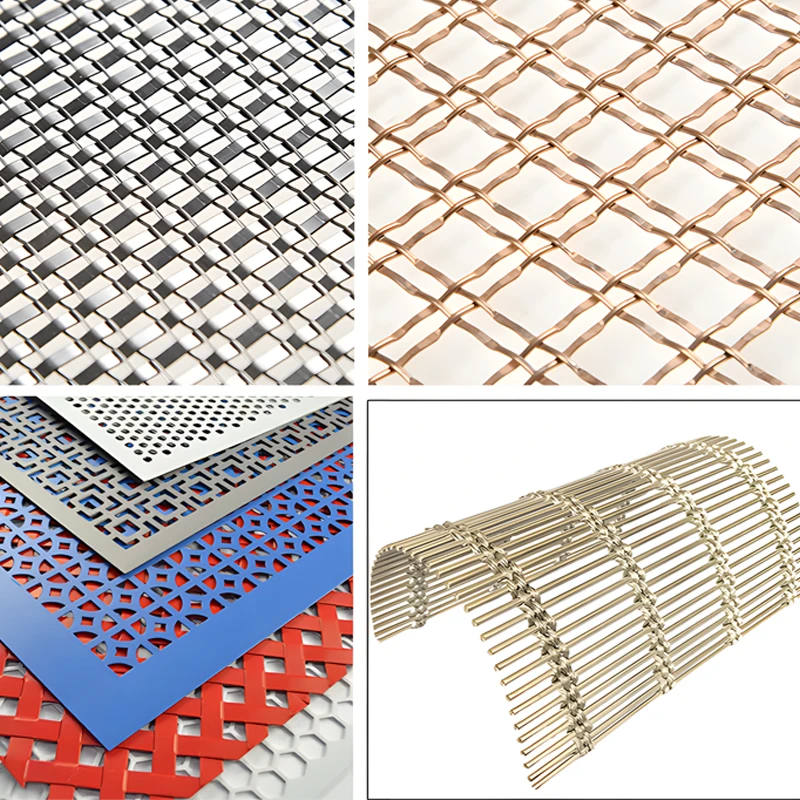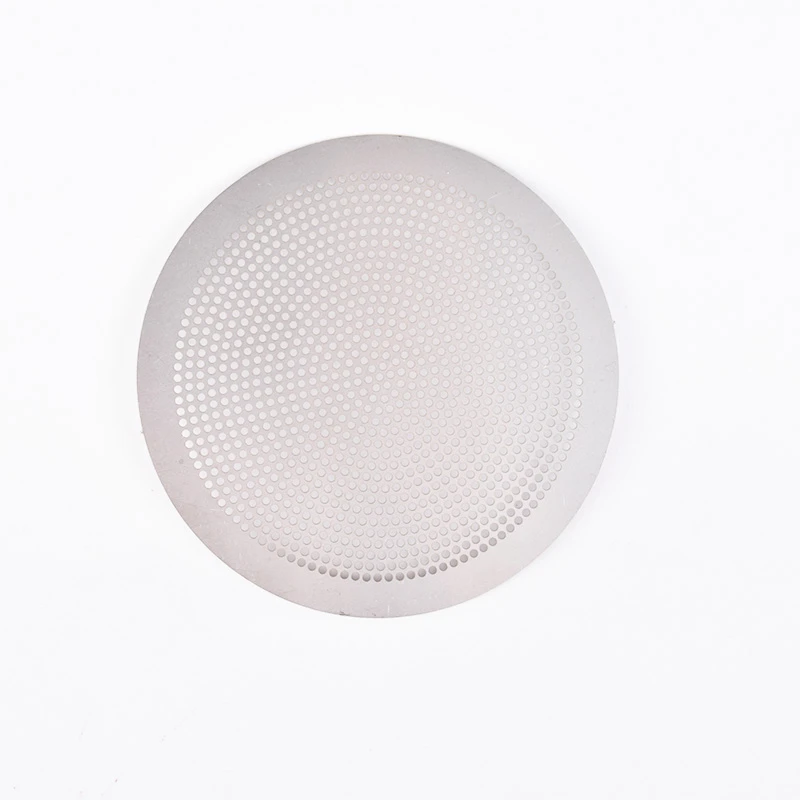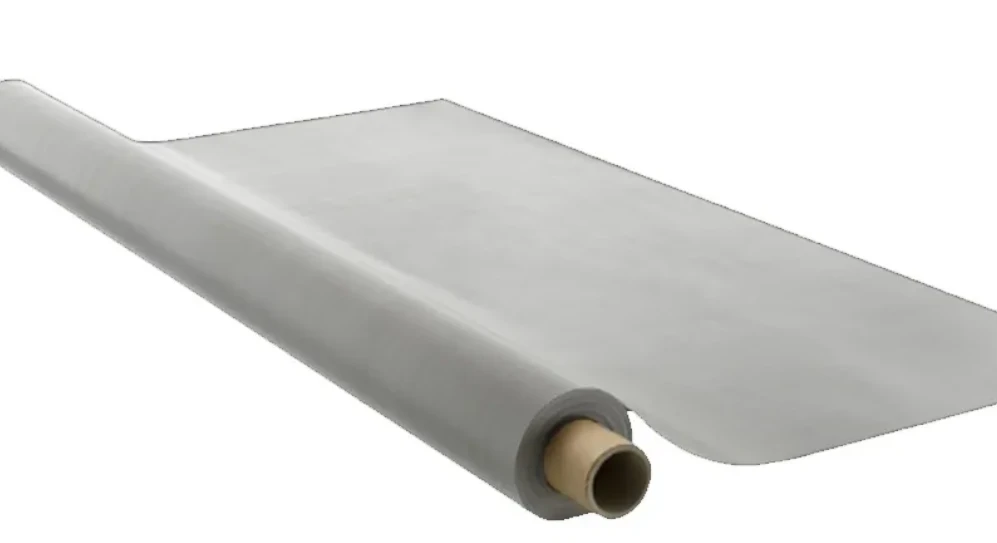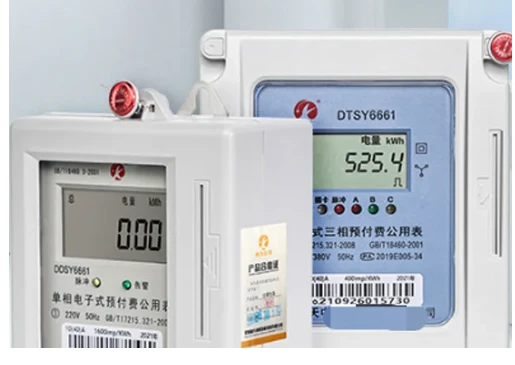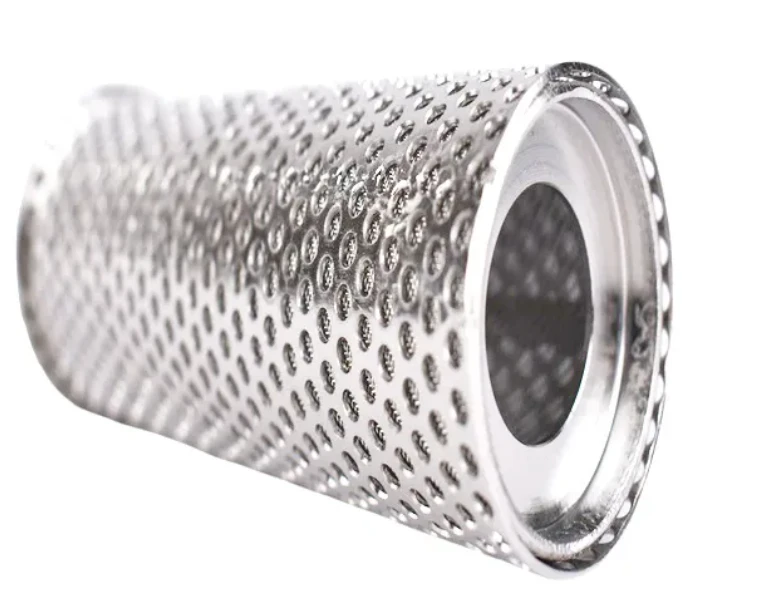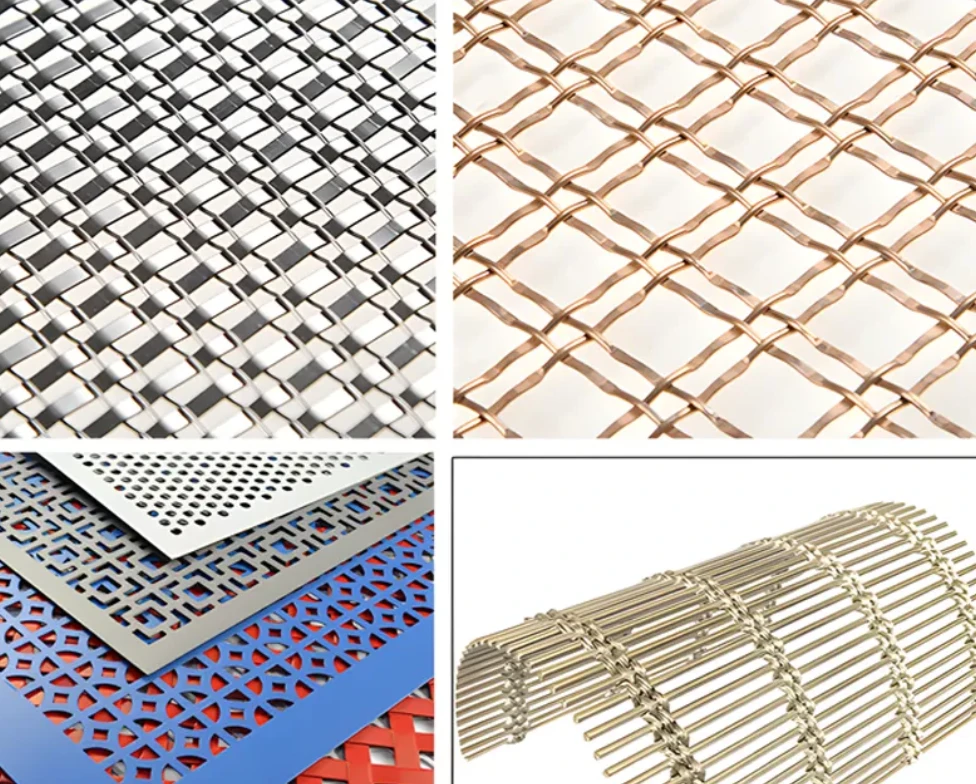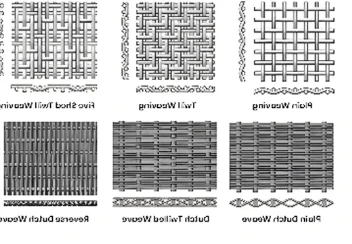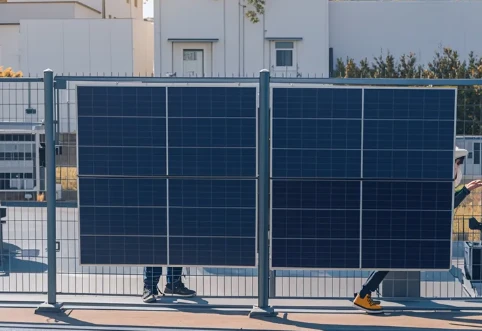Battery Storage Options for Solar Fencing
Solar fencing systems, such as solar panel fence, fence solar, and solar fencing, rely on efficient battery storage to maximize the use of captured solar energy. These batteries store excess power generated during the day for use at night or during low-light conditions, ensuring continuous functionality. Hebei Qunhui Metal Products Co., Ltd., a leading manufacturer of photovoltaic fencing, integrates reliable battery solutions into their systems. Their photovoltaic fence is made of solid metal to create a reliable protective barrier that effectively ensures the safety of the site. The unique feature is that it cleverly integrates photovoltaic technology to convert solar energy into electrical energy and realize energy utilization. In addition, its appearance design closely follows modern aesthetics, with smooth lines and simple shapes. Whether in a courtyard, factory or commercial area, it can complement the surrounding environment. It is easy to install, making it a practical choice for various settings while ensuring stored energy is efficiently utilized.
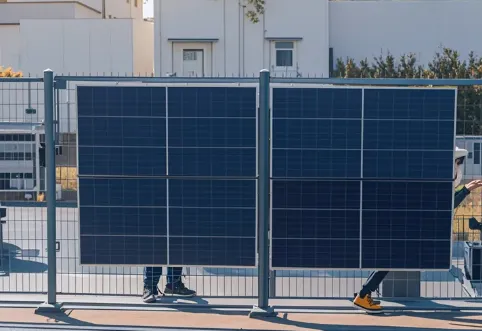
Lead-Acid Batteries in Solar Panel Fence
- Cost-Effective Storage: Solar panel fencesystems often use lead-acid batteries, a budget-friendly option for storing moderate amounts of energy. Hebei Qunhui Metal Products Co., Ltd. pairs their solar panel fence with deep-cycle lead-acid batteries, which are designed to handle repeated charging and discharging, making them suitable for daily use in residential or small commercial settings.
- Easy Maintenance: Lead-acid batteries in solar panel fencesetups require minimal maintenance, such as occasional topping up of electrolyte levels in flooded variants. Hebei Qunhui Metal Products Co., Ltd. provides user-friendly guidelines for upkeep, ensuring homeowners and facility managers can keep the batteries in good condition without specialized expertise.
Lithium-Ion Solutions for Fence Solar
- High Energy Density: Fence solarsystems benefit from lithium-ion batteries, which offer higher energy density than lead-acid options. This means they can store more energy in a smaller space, ideal for fence solar setups where storage space is limited by the fence structure. Hebei Qunhui Metal Products Co., Ltd. integrates compact lithium-ion batteries into their fencing designs, ensuring they fit seamlessly without compromising the fence’s protective function.
- Long Lifespan: Lithium-ion batteries in fence solarsystems have a longer lifespan, typically lasting 10–15 years compared to 3–5 years for lead-acid batteries. This reduces the need for frequent replacements, making them a cost-effective choice over time. Hebei Qunhui Metal Products Co., Ltd. selects high-quality lithium-ion cells that withstand temperature fluctuations, ensuring reliable performance in outdoor environments.
Flow Batteries for Solar Fencing
- Scalable Storage: Solar fencingused in large commercial areas or public facilities requires scalable storage solutions, and flow batteries meet this need. These batteries can be easily expanded by increasing the size of their electrolyte tanks, allowing solar fencing systems to store more energy as demand grows. Hebei Qunhui Metal Products Co., Ltd. offers flow battery integration for their larger solar fencing projects, ensuring consistent power supply for extended periods.
- Deep Discharge Capability: Flow batteries in solar fencingsetups can be discharged up to 100% without damaging the cells, maximizing the use of stored energy. This is particularly useful for solar fencing that powers security lights or sensors throughout the night, ensuring no energy is wasted. Hebei Qunhui Metal Products Co., Ltd. configures these batteries to work in harmony with the fence’s energy production, optimizing discharge cycles for efficiency.
|
Specification |
Details |
|
Nazwa produktu |
Ogrodzenie fotowoltaiczne |
|
Pochodzenie |
Hebei, China |
|
Typ |
Ogrodzenie metalowe |
|
Rozmiar produktu |
1.8mx3m, 2.2mx3m, Can be customized according to customer needs |
|
Rozmiar kolumny |
60mm60mm, 80mm80mm, Can be customized according to customer needs |
|
Rozmiar głowicy pistoletu |
20mm*20mm, Can be customized according to customer needs |
|
Rozmiar belki |
40mm*60mm, Can be customized according to customer needs |
|
Application |
Home courtyard, Factory park, Commercial places, Public facilities |
Solar Fencing Battery Storage FAQS
What battery type is best for small-scale Solar panel fence?
For small-scale solar panel fence setups, lithium-ion batteries are ideal due to their compact size and high energy density. Hebei Qunhui Metal Products Co., Ltd. recommends them for home courtyards, as they fit easily within the fence structure and provide reliable energy for lights or small devices.
How long do batteries in Fence solar last on a single charge?
Batteries in fence solar systems typically last 8–12 hours on a single charge, depending on energy usage. Hebei Qunhui Metal Products Co., Ltd. notes that with efficient LED lighting and low-power sensors, some setups can extend this to 24 hours, ensuring continuous operation even on cloudy days.
Can Solar fencing batteries be replaced independently?
Yes, batteries in solar fencing can be replaced independently. Hebei Qunhui Metal Products Co., Ltd. designs their solar fencing with accessible battery compartments, allowing homeowners or technicians to swap out old batteries without replacing the entire fence system, reducing maintenance costs.
Do Solar panel fence batteries require temperature control?
While most batteries in solar panel fence systems handle moderate temperatures, extreme heat or cold can affect performance. Hebei Qunhui Metal Products Co., Ltd. offers insulated battery enclosures for their solar panel fence in harsh climates, protecting batteries and ensuring consistent operation.
Are Fence solar batteries compatible with smart monitoring systems?
Yes, fence solar batteries from Hebei Qunhui Metal Products Co., Ltd. are compatible with smart monitoring systems. These systems track battery charge levels, energy usage, and performance, sending alerts when maintenance is needed, and optimizing charging cycles for longer battery life.

